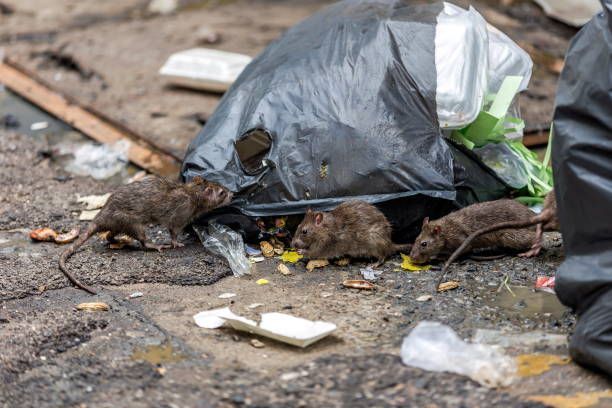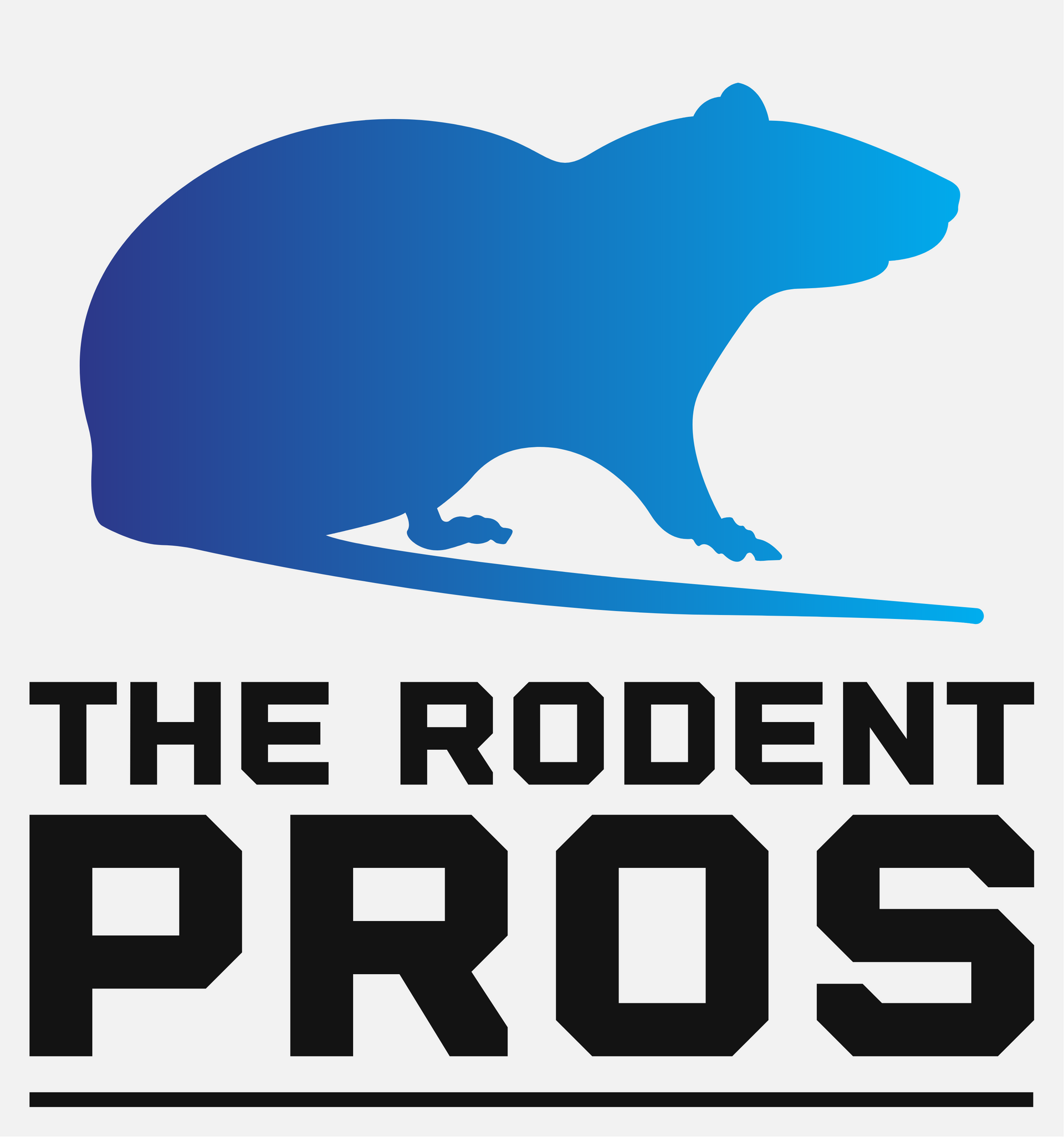
Rodent Control
The Rodent Pros Offer rodent trapping, rodent removal, rodent exclusion, rodent sanitation and rodent remediation services to all cities within a 50 miles radius of Tampa Florida.
To Call and schedule a free inspection click here
Rodents, including rats and mice, are pervasive pests in Tampa, Florida, with significant implications for residents. These small mammals can cause a range of problems, from structural damage to health risks, impacting both households and communities. Understanding the effects of rodents on Tampa residents is crucial for implementing effective prevention and control measures.
Structural Damage
Rodents are notorious for their ability to cause structural damage to homes and buildings. They gnaw on wood, insulation, electrical wiring, and plumbing, leading to weakened structures, electrical hazards, and water leaks. This damage can result in costly repairs and compromises the safety and integrity of residential properties.
Electrical Hazards
One of the most dangerous consequences of rodent infestations is the risk of electrical hazards. Rats and mice frequently chew on electrical wires, stripping away insulation and exposing live wires. This increases the likelihood of short circuits, power outages, and potentially devastating electrical fires. Residents may experience flickering lights or malfunctioning appliances as early signs of rodent activity affecting electrical systems.
Health Risks
Rodents pose significant health risks to Tampa residents through the transmission of diseases and allergens. They carry pathogens that can cause diseases such as hantavirus, leptospirosis, salmonellosis, and rat-bite fever. These diseases can be transmitted through contact with rodent urine, droppings, saliva, or direct bites. Additionally, rodents can exacerbate respiratory conditions like asthma through their droppings and dander, impacting indoor air quality.
Contamination of Food and Water
Rodents contaminate food and water supplies through their droppings, urine, and hair. They often raid pantries and chew through food packaging, leading to spoilage and health risks for residents. Contaminated food and water sources can contribute to the spread of diseases and gastrointestinal illnesses among household members.
Property Damage
In addition to structural harm, rodents cause property damage by chewing on furniture, insulation, clothing, and personal belongings. They create nests from shredded materials, further damaging household items and affecting the aesthetics and functionality of living spaces. The financial burden of replacing damaged goods adds to the overall impact on residents.
Noise and Disruption
Rodents are nocturnal creatures, active primarily during the night. Their activities, including scratching, gnawing, and scurrying, can disrupt residents' sleep patterns and cause anxiety. Persistent rodent noises inside walls, ceilings, and floors can be particularly disturbing, affecting the quality of life and emotional well-being of those living in infested homes.
Infestation Signs and Detection
Detecting rodent infestations early is crucial for minimizing their impact on residents. Common signs include finding rodent droppings, gnaw marks on food packaging or structural materials, nests made of shredded materials, and tracks along walls and floors. Residents may also notice a musky odor indicative of rodent presence. Prompt identification and action are essential for effective control.
Psychological Impact
The presence of rodents in homes can have a significant psychological impact on residents. Fear of rodents (musophobia) is common and can lead to heightened anxiety and stress levels. The constant worry about potential rodent encounters can affect mental health and overall well-being, particularly for vulnerable populations such as children, elderly individuals, and those with phobias.
Economic Costs
Rodent infestations impose significant economic costs on Tampa residents. Beyond repair expenses for structural and property damage, residents may incur medical costs associated with rodent-borne diseases and allergies. Additionally, the need for pest control services, cleaning supplies, and preventive measures can strain household budgets. Businesses may also suffer financial losses due to rodent-related damage and operational disruptions.
Impact on Businesses
Rodent infestations can adversely affect local businesses in Tampa, especially those in the food industry. Restaurants, grocery stores, and food processing facilities are particularly vulnerable to health code violations and reputational damage. Maintaining strict hygiene standards and implementing effective pest control measures are critical for protecting public health and ensuring business continuity.
Public Health Concerns
Rodent infestations pose public health concerns beyond individual households. Dense urban areas in Tampa may experience higher rodent populations due to factors such as improper waste management, aging infrastructure, and favorable environmental conditions. Effective community-wide pest management efforts are essential for reducing rodent populations and minimizing public health risks.
Environmental Impact
Rodents can impact the local environment by disrupting ecosystems and competing with native wildlife for resources. Their presence may contribute to the spread of invasive species and diseases among wildlife populations. Managing rodent populations in urban and suburban areas is essential for preserving biodiversity and ecological balance in Tampa's natural habitats.
Legal and Regulatory Considerations
Residents and businesses in Tampa must comply with local health and safety regulations regarding rodent control and prevention. These regulations may include guidelines for waste management, sanitation practices, and the use of pesticides. Understanding and adhering to legal requirements are crucial for effective rodent management and minimizing potential legal liabilities.
Community Education and Outreach
Community education and outreach play a vital role in promoting rodent awareness and prevention in Tampa. Public workshops, informational campaigns, and school programs can educate residents about rodent behavior, identification, and control measures. Empowering residents with knowledge and resources encourages proactive pest management practices and fosters a sense of community responsibility.
Technological Innovations in Pest Control
Advancements in pest control technology offer new tools and methods for managing rodent infestations. Innovations such as smart traps, ultrasonic repellents, and digital monitoring systems enhance traditional pest control practices. Mobile apps and online platforms provide residents with resources for identifying rodent species, reporting sightings, and accessing professional pest control services.
Preventive Measures for Homeowners
Homeowners can take proactive steps to prevent rodent infestations and minimize their impact. These measures include sealing entry points around doors, windows, and utility pipes, keeping food storage areas clean and sealed, and eliminating potential nesting sites. Regular inspections and maintenance of the home's exterior and interior are essential for identifying and addressing vulnerabilities.
Importance of Waste Management
Proper waste management is critical for reducing rodent attractants in residential areas. Residents should secure garbage bins, dispose of waste regularly, and keep outdoor areas clean and free of debris. Community-wide efforts to improve waste disposal practices and maintain cleanliness contribute to effective rodent control and public health protection.
Seasonal Considerations
Rodent activity may vary seasonally in Tampa, influenced by temperature changes, food availability, and breeding cycles. Residents should be vigilant during peak rodent activity periods, such as warmer months, and take preventive actions to minimize infestation risks. Implementing seasonal pest management strategies can help address fluctuating rodent populations effectively.
Rodent-Proofing Homes and Buildings
Rodent-proofing homes and buildings involves implementing structural modifications to prevent rodent entry. This includes sealing cracks and crevices, installing mesh screens over vents and chimneys, and repairing damaged roofing and foundations. Maintaining a well-maintained and secure property reduces opportunities for rodents to access indoor spaces.
Monitoring and Early Intervention
Regular monitoring and early intervention are key components of effective rodent control strategies. Homeowners should monitor for signs of rodent activity, such as droppings or gnaw marks, and take immediate action to address infestations. Prompt implementation of control measures, such as traps or bait stations, can prevent small infestations from becoming widespread problems.
Role of Pets in Pest Control
Pets, particularly cats and dogs, can help deter rodents from entering homes and alert residents to potential infestations. While pets may not eliminate rodent populations entirely, their presence can act as a natural deterrent. Responsible pet ownership includes keeping pets indoors or supervised outdoors to reduce risks associated with rodent encounters.
Community Collaboration
Collaborative efforts between residents, local governments, pest control professionals, and community organizations are essential for effective rodent management in Tampa. Community clean-up events, neighborhood watch programs, and joint pest control initiatives promote collective responsibility and strengthen community resilience against rodent infestations.
Psychological and Emotional Well-Being
The psychological and emotional toll of living with rodent infestations should not be underestimated. Fear, anxiety, and stress associated with rodent encounters can impact residents' mental well-being and overall quality of life. Providing support resources, such as counseling services and community outreach programs, can help residents cope with the challenges of pest infestations.
Economic Resilience
Building economic resilience against rodent infestations involves minimizing financial losses and maintaining property values. Investing in preventive measures, such as home maintenance and pest control services, protects against costly repairs and health-related expenses. Strengthening community resilience through education, preparedness, and proactive management strategies promotes long-term economic stability.
Public Policy and Governance
Effective rodent control requires coordinated public policy and governance at the local and regional levels. Governments play a critical role in establishing and enforcing regulations, allocating resources for pest management programs, and promoting community engagement. Policies that prioritize public health, environmental sustainability, and urban resilience contribute to safer and healthier living environments for Tampa residents.
Conclusion
In conclusion, rodents pose multifaceted challenges for residents in Tampa, Florida, affecting property, health, and overall well-being. Addressing these challenges requires a comprehensive approach that includes preventive measures, effective pest control strategies, community collaboration, and supportive public policies. By understanding the impacts of rodents and implementing proactive solutions, Tampa residents can create safer, healthier, and more resilient communities for themselves and future generations.

